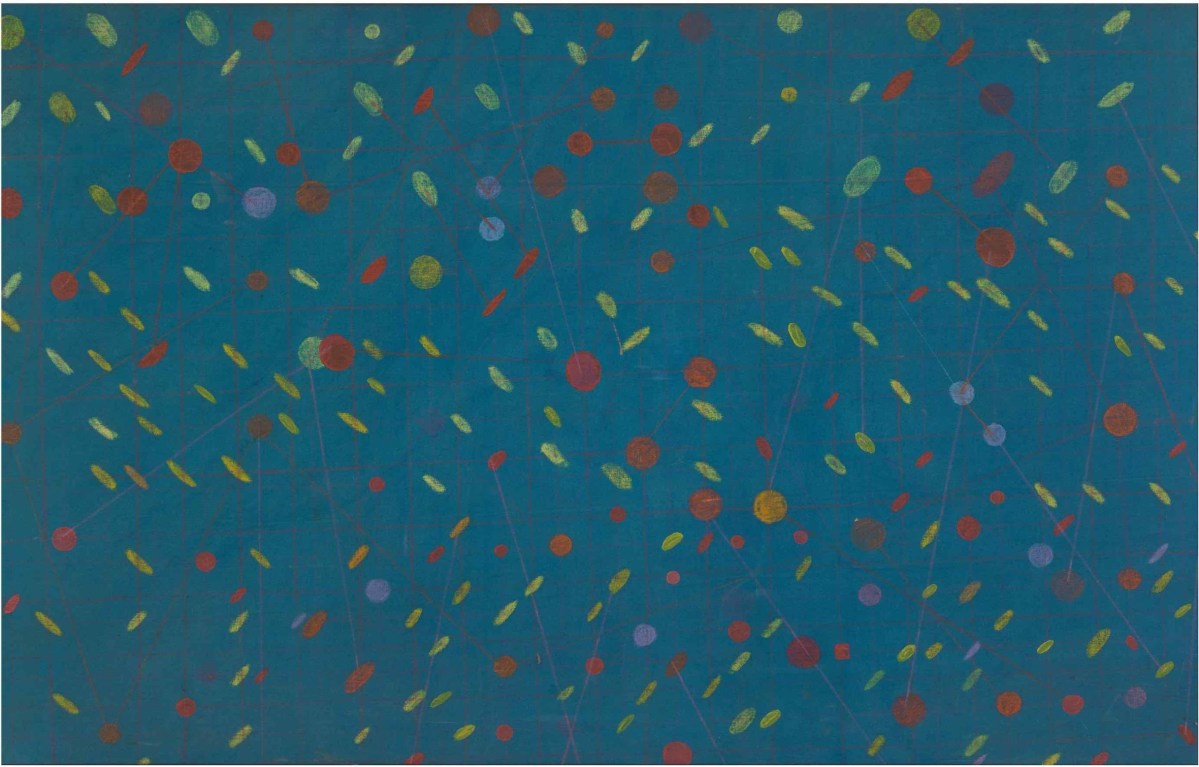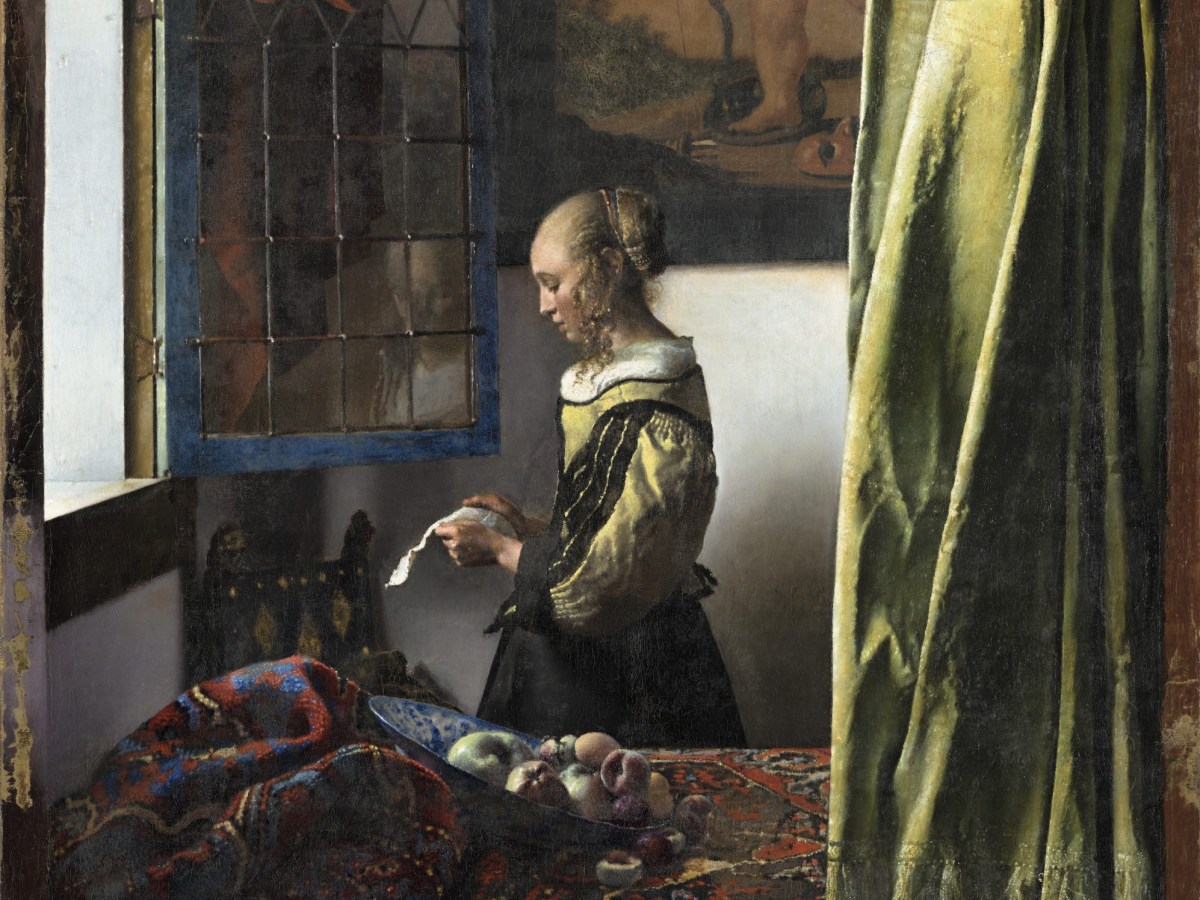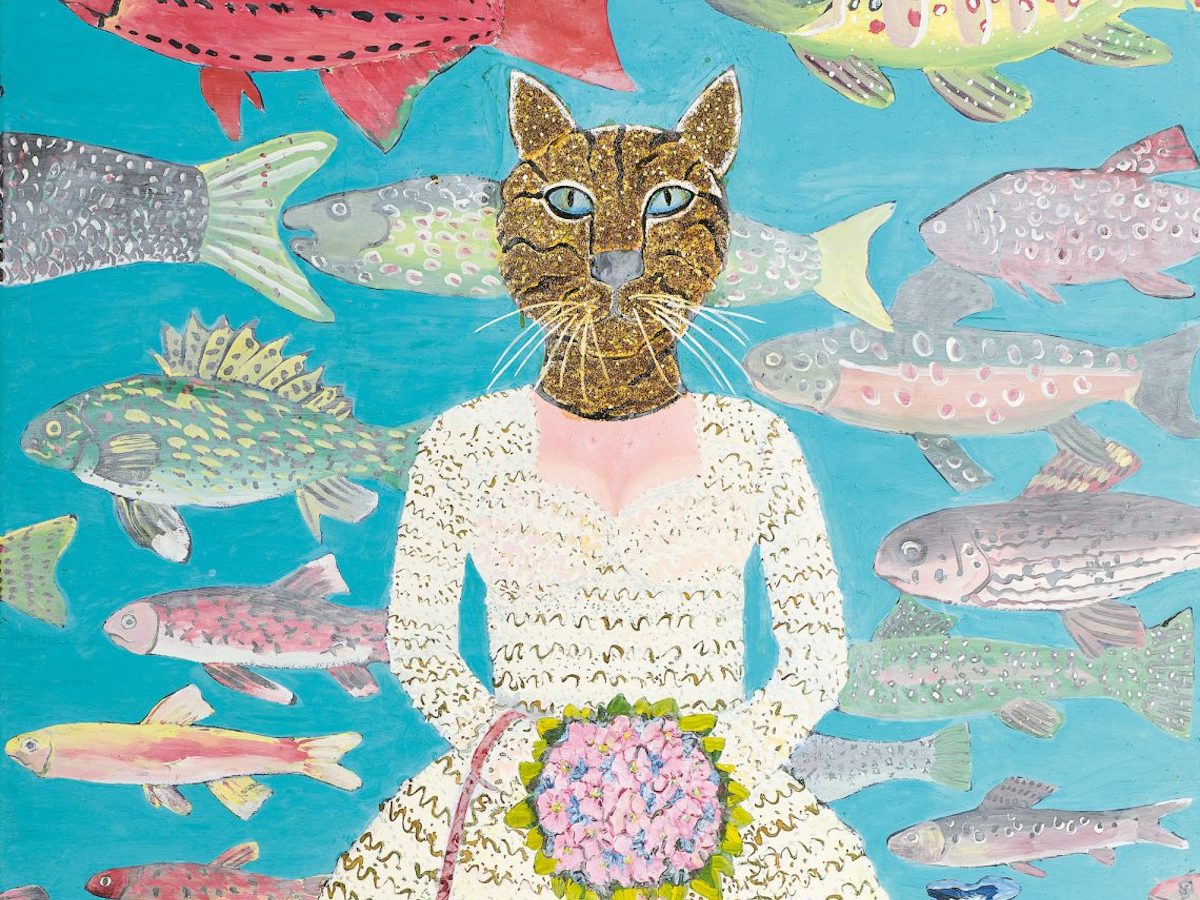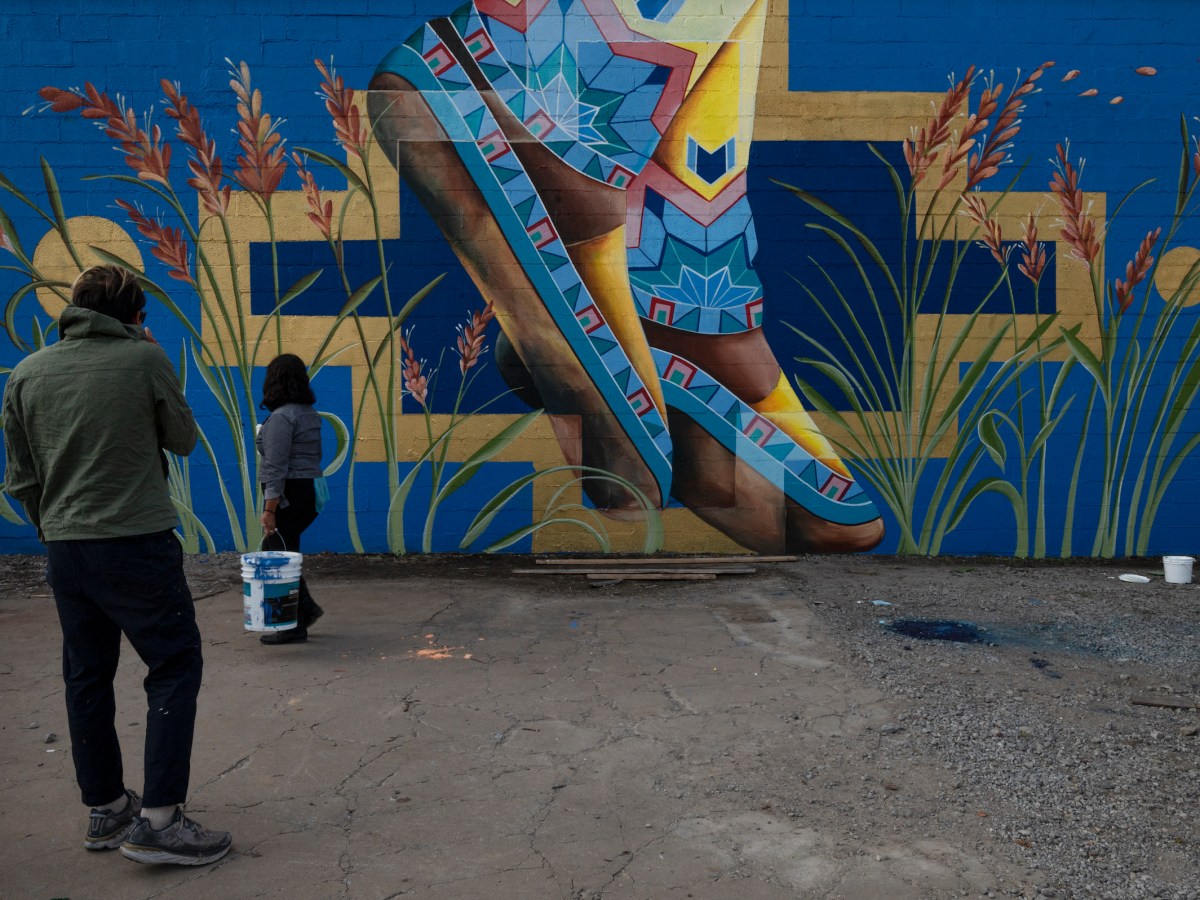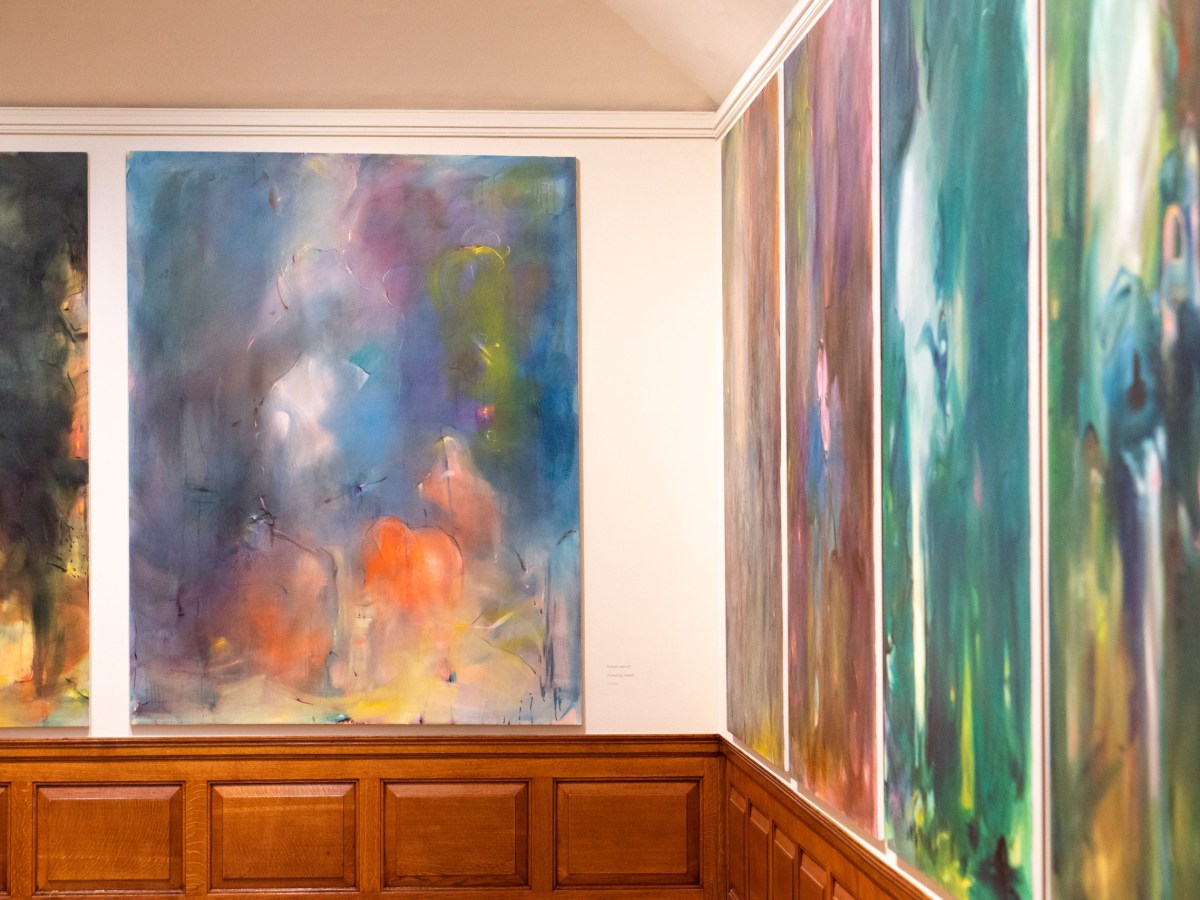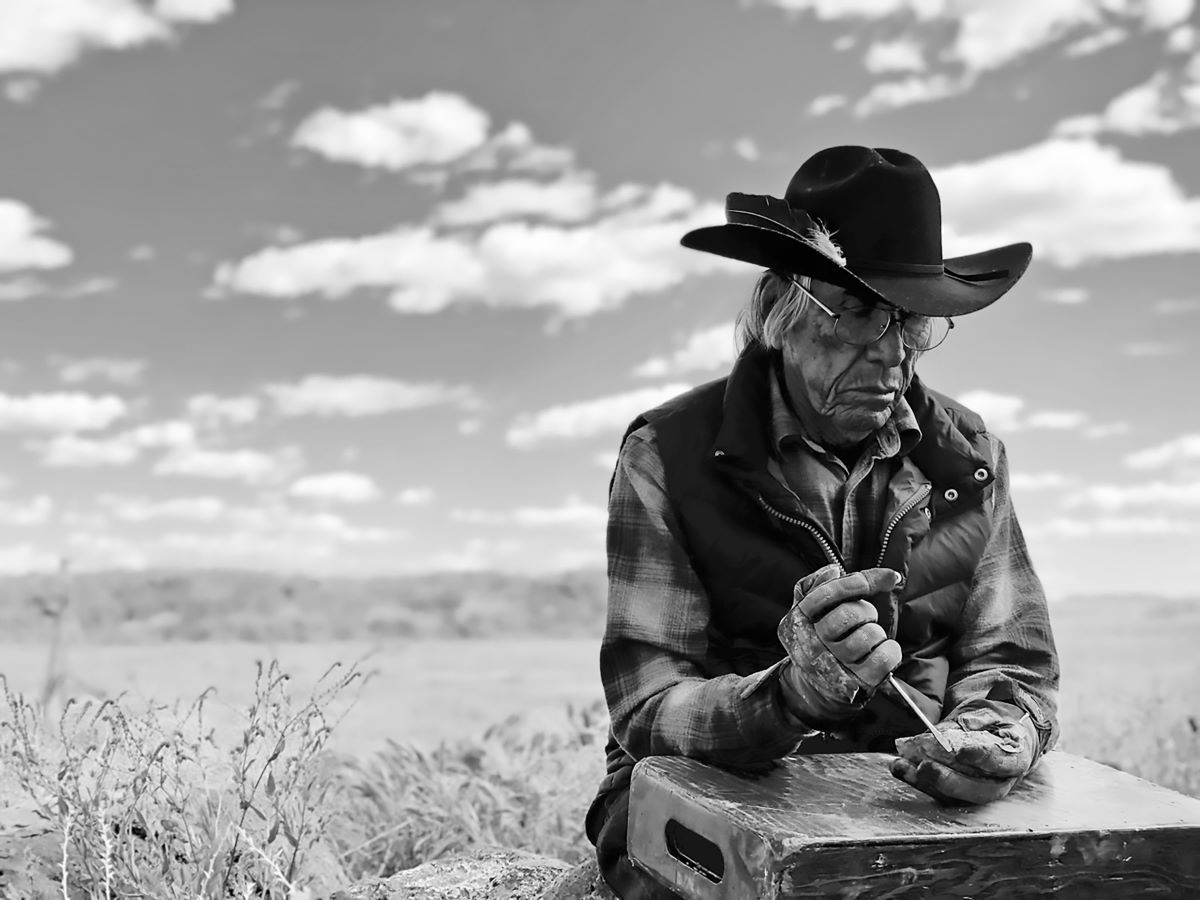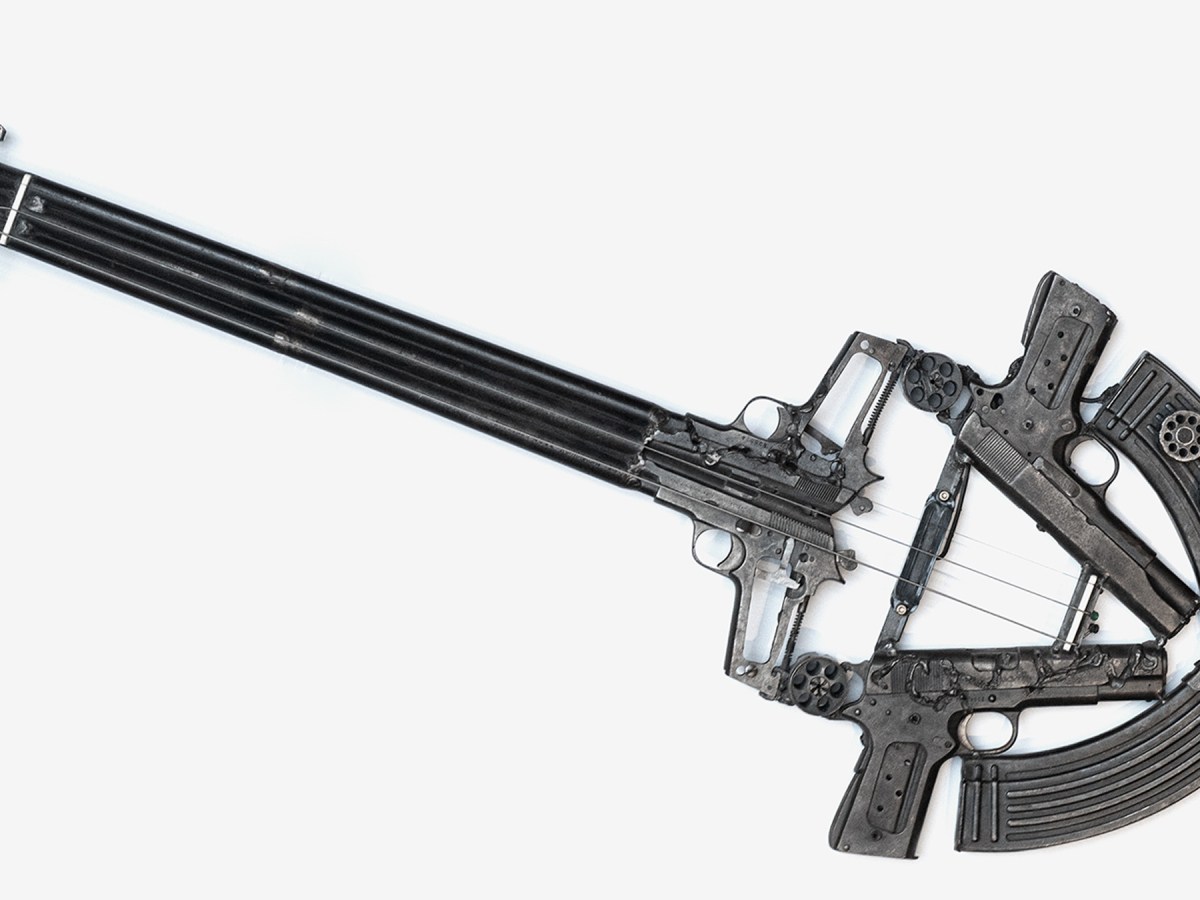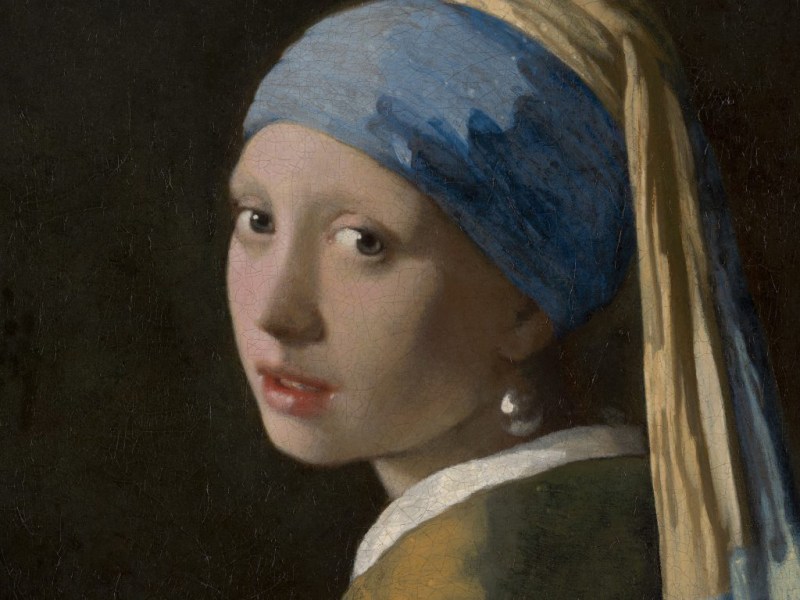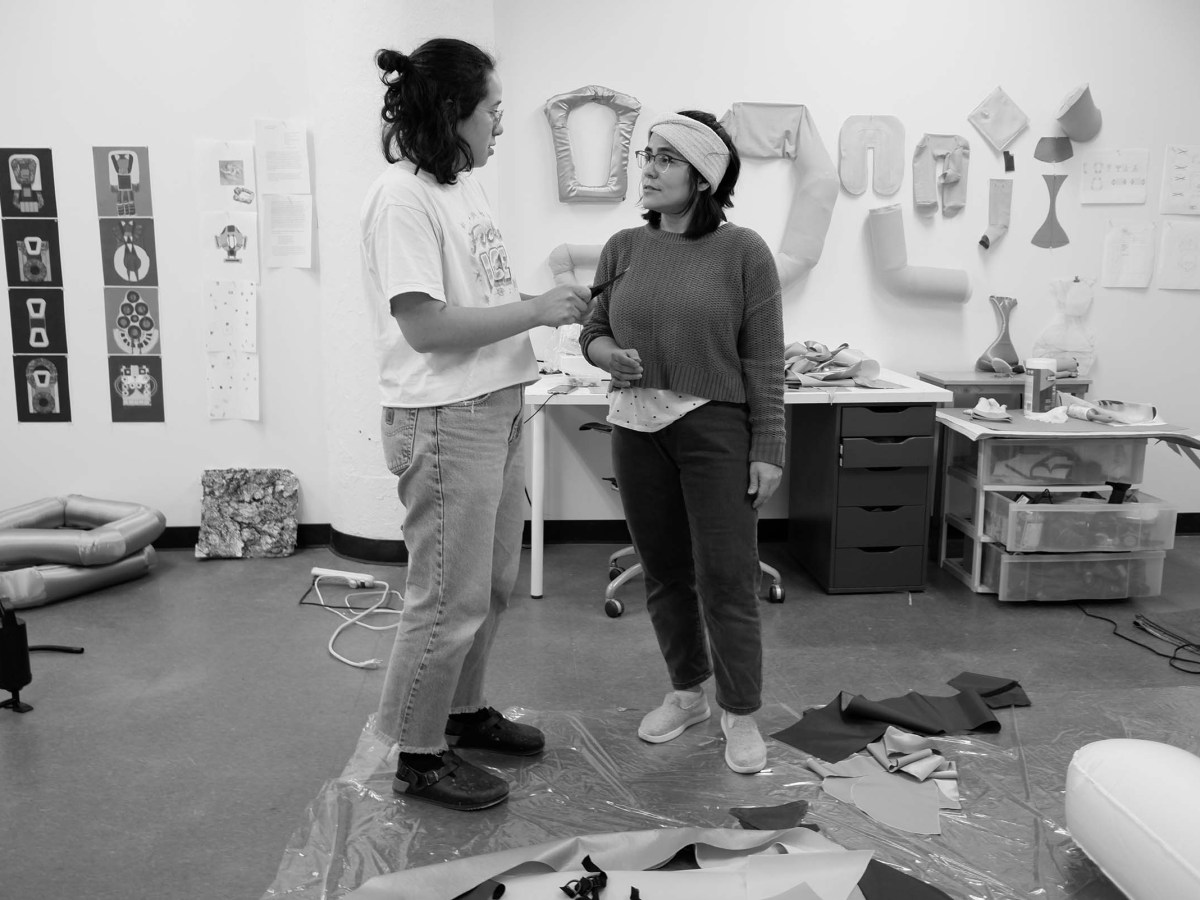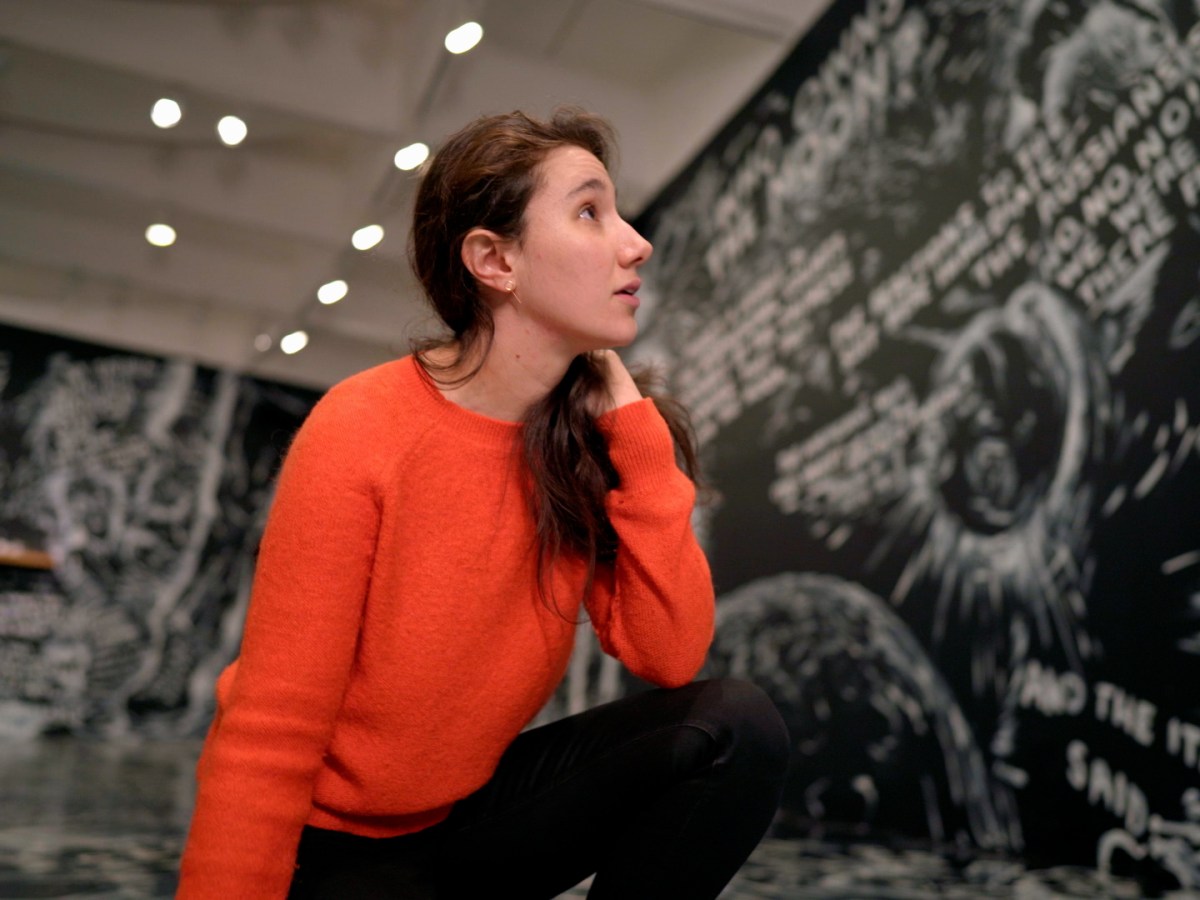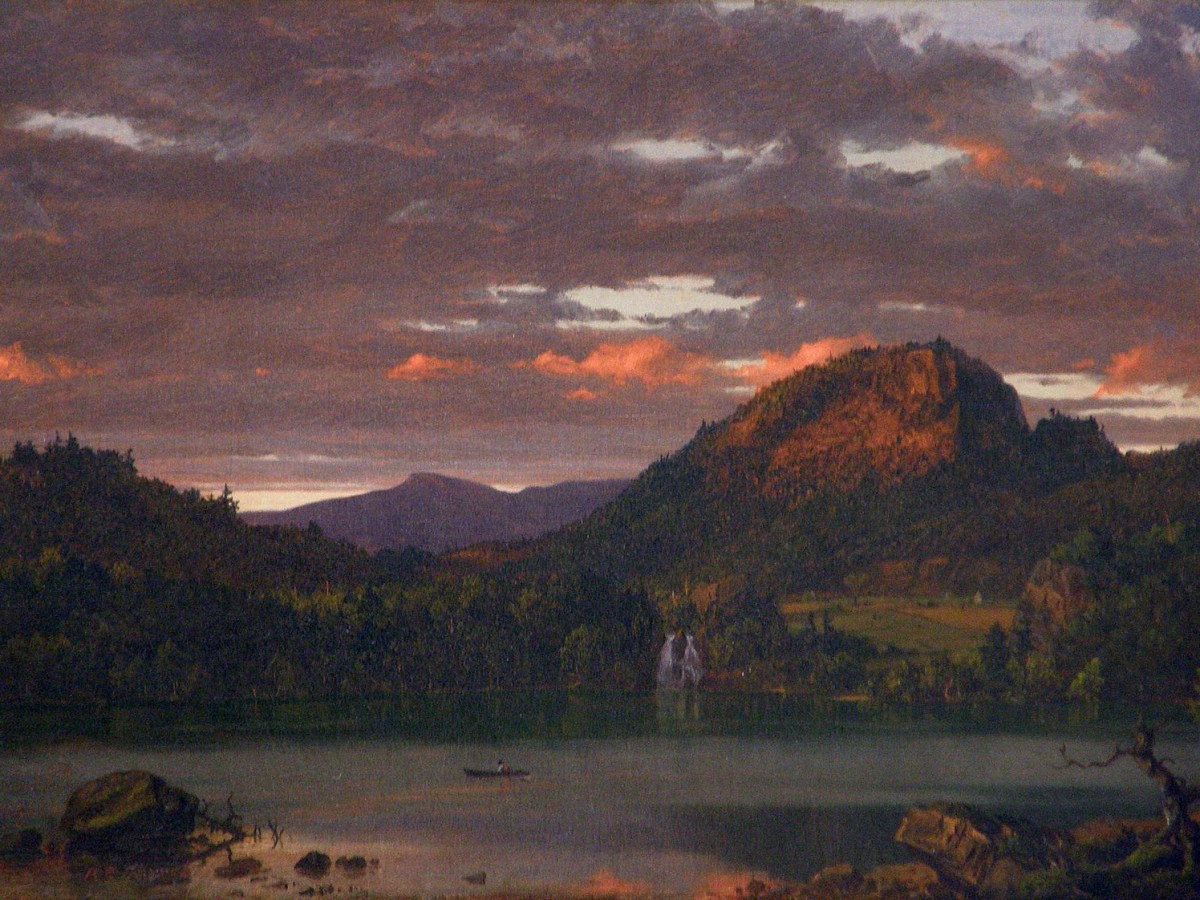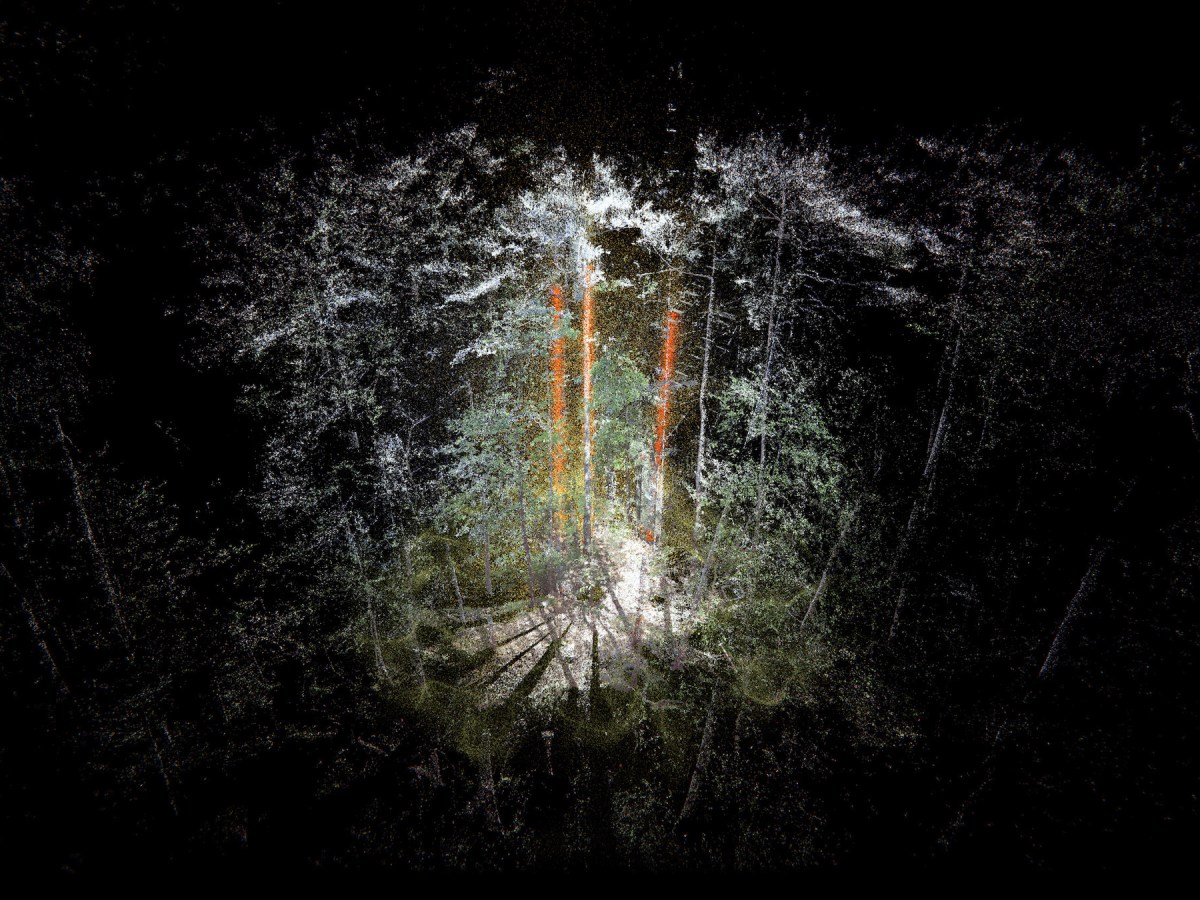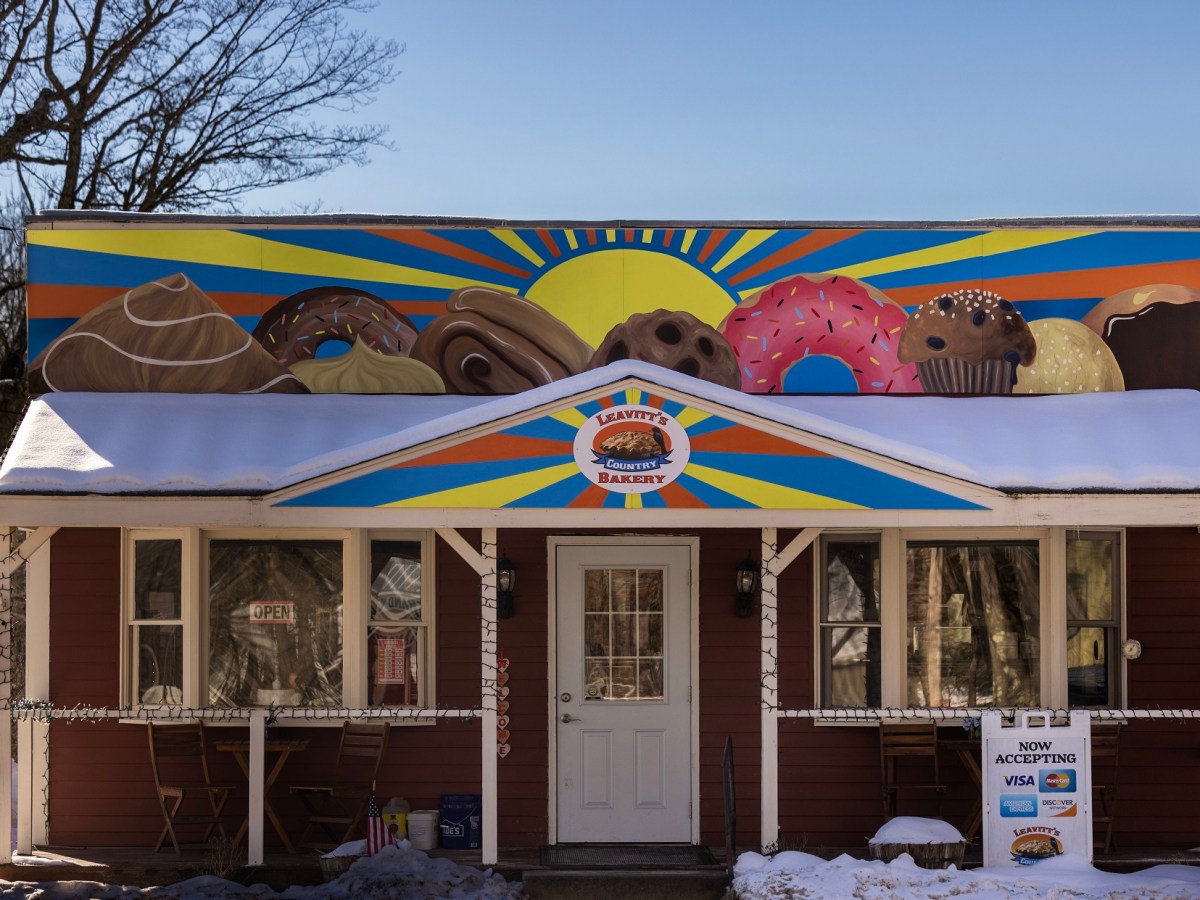STONY BROOK, New York — University museums and galleries don’t often get the credit they deserve for the important roles they play in art history. I was reminded of this when I went to see the exhibition Revisiting 5 + 1 at the Paul W. Zuccaire Gallery at Stony Brook University (November 10, 2022–March 31, 2023), curated by Elise Armani, Amy Kahng, and Gabriella Shypula. Artist and Stony Brook professor Howardena Pindell, art historian and curator Katy Siegel, and the Zuccaire’s director and curator, Karen Levitov, also helped shape the exhibition. In Revisiting 5 + 1, the three curators examine and expand upon 5 + 1, a groundbreaking exhibition held at the State University of New York at Stony Brook (now Stony Brook University) in 1969. The timing of this exhibition resonates with the original on many levels.
In the late 1960s, during a violent era marked by the Civil Rights movement, Vietnam War, and political assassinations, the English curator, art critic, and new Stony Brook professor Lawrence Alloway invited the Guyana-born British abstract artist and art critic Frank Bowling to curate a show of work by Black artists. The original exhibition, 5 + 1, was held (as we learn from the catalogue) in a “makeshift” gallery combining “two small classrooms,” and was sponsored by the university’s new “Afro-American Studies Program.” While the updated exhibition focuses on the absence of women in the original selection — which Bowling later publicly reflected upon and regretted — and the impending retirement of Howardena Pindell, who has taught at Stony Brook for 43 years, it also pushes back against the ongoing threats and damage to public education and free thinking across the United States.
Bowling chose five US-born Black artists (Melvin Edwards, Daniel LaRue Johnson, Al Loving, Jack Whitten, and William T. Williams), all of whom he met after moving to New York from London in 1966. In the midst of the Black Arts Movement, which the poet Imamu Amiri Baraka founded shortly after the assassination of Malcolm X on February 21, 1965, Bowling chose to open up the discourse, even if no immediate conversation followed. 5 + 1 opened on October 16, 1969, two days before New York Painting and Sculpture: 1940–1970 opened at the Metropolitan Museum of Art (October 18, 1969-February 1, 1970), curated Henry Geldzahler. Of the 43 artists that Geldzahler chose, none were Black and Isamu Noguchi was the only artist of color. 5 + 1 was not covered in art magazines.
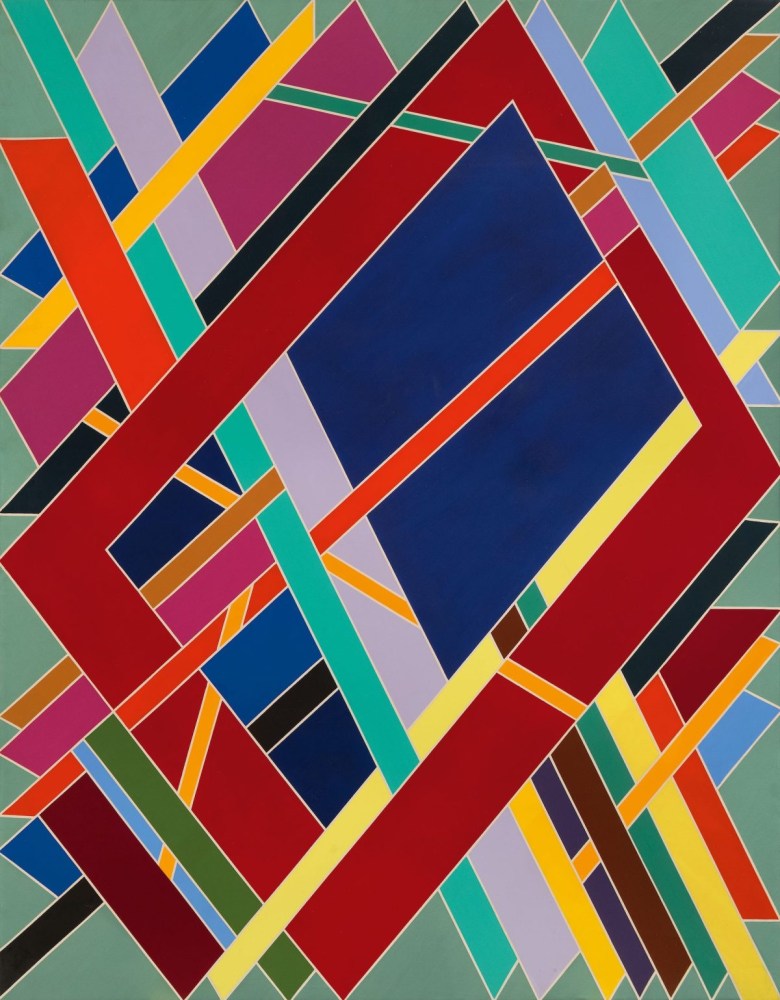
The original exhibition is a reminder that the history of Black Art in the United States is diverse rather than monolithic. Accompanying the six original artists, Revisiting 5 + 1 includes Pindell and five artists she chose: Vivian Browne, Mary Lovelace O’Neal, Betye Saar, Alma Thomas, and Mildred Thompson. In addition, the curators included a painting by Adger Cowans, who was friends with many artists in the first show and photographed the opening. Along with Cowans’s exhibition photographs (some of which were not developed until recently), his painting “Golden Future” (1969) adds another wrinkle to our understanding of the diverse approaches Black artists took to abstraction in the 1960 and ’70s, when New York museums briefly opened their doors before shutting them again.
The wavy, rhythmically striated surface of “Golden Future” anticipates Whitten’s paintings of the mid-1970s, when he began using squeegees and Afro combs, suggesting that abstraction by Black artists must be seen as following a very different trajectory than White, mainstream abstraction. In a 1994 interview for Bomb magazine, Whitten said to Kenneth Goldsmith:
My background — coming to New York in 1959 and studying painting at Cooper Union Art School, in and out of the museums and the Cedar Bar, knowing other painters, the Abstract Expressionists in particular — I had no choice but to be well versed. It took 20 years to get into a position where I could work myself out of history. Every painter wants to escape art history. And now there’s a curve that’s leading me out.
The exhibition’s works by Whitten and Loving predate their decisions to extricate themselves from mainstream art history and go down an unprecedented path without a safety net. In this context, Cowans’s painting is important, as it might have inspired Whitten to develop a different technique for applying paint. Another inspiration on Whitten might have been Loving, whose early hard-edged, geometric, modular abstractions helped him become the first Black artist to have a solo show at the Whitney Museum. And yet even as he received these accolades, he felt he had lost his artistic freedom. In an essay by April Kingsley for his exhibition Al Loving: Color Constructs at the Neuberger Museum (1998–99), he is quoted as saying:
I felt stuck inside that box. I mean, this was 1968 — the Democratic convention, this was the war — and I’m doing these pictures. The contradiction between my life at that time and these pictures.
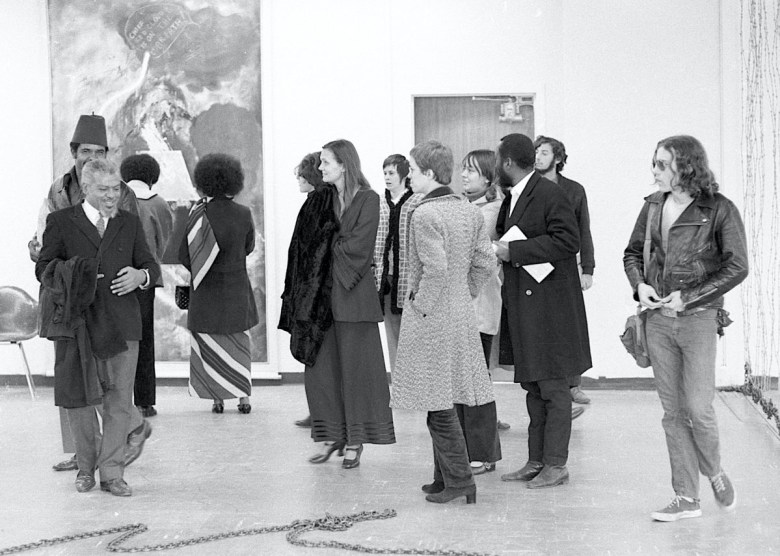
In order to get out of this box, Loving began cutting up his own paintings. The history in which he felt stuck was one that Donald Judd partially constructed in his essay “Specific Objects” (1965), in an attempt to step away from the traditional history of sculpture. What seems apparent and oppressive in retrospect is just how quickly different rivers of formalist thought, and the pressure to remove content and the hand, became codified.
Pindell’s two paintings, “Untitled (Space Frame)” (1968) and “Plankton Lace #2” (2020), Saar’s short collage film, “Eyeball” (1971), which has never been exhibited, plus memorabilia from the 1979 Alloway-curated exhibition Howardena Pindell: Works on Canvas and Paper, 1977–79, and Video Drawings, 1975–1979 at Stony Brook’s former art gallery comment on and complement Bowling’s original choices.
Pindell’s paintings beg the question of why she hasn’t received significant attention from a New York museum. Influenced by Larry Poons, as she readily acknowledges, the red circles in “Untitled (Space Frame)” allude to the marks that distinguish dishes, glasses, and silver used in restaurants to serve Black people in South, during the Jim Crow era and institutionalized segregation. The autobiographical current running through her abstraction set her on her own path that has just started to get the attention it deserves. In the glittering, monochromatic, unstretched “Plankton Lace #2” (2020), it is clear that Pindell has also worked herself out of history, and that she has been able to do this by staying true to the particulars of her life.
Everywhere I looked I saw something that held my attention and made me want to know more. Shouldn’t the linoleum works by William T. Williams in the first 5 + 1 be better known? What happened to Daniel LaRue Johnson and his work? How many films did Saar make? Revisiting 5 + 1 left me full of revelations, unexpected discoveries, and questions. Not concerned with turning art into merchandise or promoting art as a perfect blend of cultural and financial commodity, this exhibition was a joy to experience.
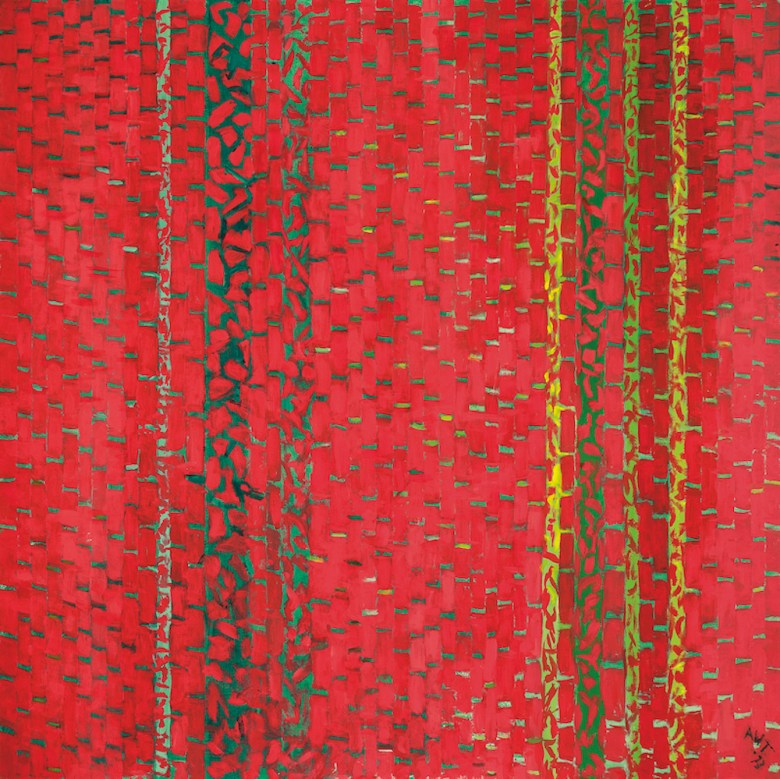
Revisiting 5 + 1 continues at the Paul W. Zuccaire Gallery at Stony Brook University (Staller Center for the Arts, Stony Brook, New York) through March 31. The exhibition was curated by Elise Armani, Amy Kahng, and Gabriella Shypula, with consultation Howardena Pindell. Katy Siegel and Karen Levitov served as advisors.

